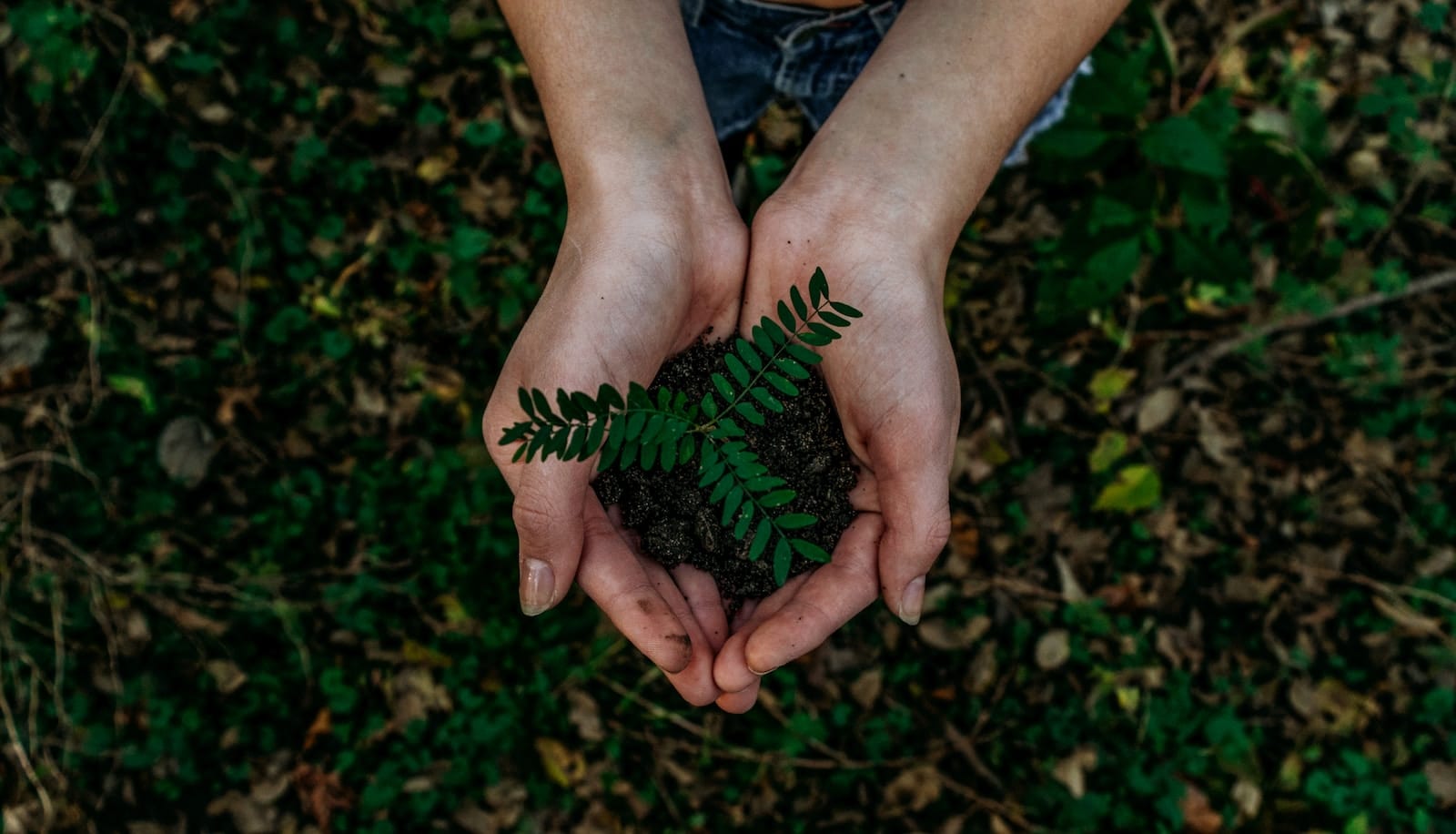
Now, it pains me to see how many people, despite their love for lattes, avoid making them at home because they believe that a fancy bean to cup coffee maker is over-priced item for achieving a Starbucks-like result.
That’s not true.
This guide will give you simple tips on how to make your perfect homemade latte that will not only please your taste buds but also save your money. If you are a gourmet latte loverб you should read this article from Lola Peterson.
First, How to Choose Milk for Your Latte?
Latte is one of the many espresso-based coffee drinks. Its name is a shortened version of the Italian caffè latte, which is translated as “coffee with milk”.
Nice and simple.
Traditionally, latte was made with regular, dairy milk. Today, though, this may not be an option for those who have lactose intolerance or dairy allergies, as well as for those who deliberately choose not to consume animal products. If you are one of those people, you may know that there are plenty of plant-based options to choose from.
But how each of them will pair with your coffee?
Let’s find out!
- Soy milk was the first alternative to traditional milk ever made. Today, it’s easily accessible in most coffeehouses and grocery stores, and many manufacturers produce sweetened and flavored varieties. So, you can not only make your latte without extra sweeteners but also easily turn it into a vegan mocha. It has no noticeable aftertaste and can be paired with your coffee pretty well.
- Despite appearing in the markets recently, oat milk dashed to the top alternatives to traditional dairy. Its secret is the combination of oatmeal, water, and canola oil, which creates a surprisingly full-bodied product. In addition, it contains a large amount of fiber and other microelements, which makes it perfect for those who lead a healthy lifestyle.
- Rice milk has a slightly sweet taste, so you can pair it with any coffee blend you like. It will emphasize both the acidity of arabica and the nutty robusta notes equally well. It can also be a great non-dairy alternative for you if you’re looking for hypoallergenic options on the market.
- Cashew milk has a sweet and creamy taste (because cashew nuts contain plenty of fats). It’s texture, when steamed, resembles regular cow’s milk the most but is a much healthier option.
- Almond milk along with soy milk can have sweetened and unsweetened varieties. It is creamy and can give your latte a smooth and silky texture. However, some almond milk brands can have a bitter aftertaste, so you may need to try several options before you find the right one.
- One more option, if you are looking for a rich and flavorful creamer for your latte, can be coconut milk. Similarly to cashew milk, it is rich in fats (hence, creamy). And don’t forget that distinctive taste so many people love it for.
“Note that soy and almond milk may curdle when you pour them into your coffee because they react to the temperature and acidity. So, make sure you heat up the milk to the appropriate temperature and choose a suitable blend of coffee beans.”
Guide to Your Perfect Non-Dairy Latte Recipe
Find the Right Coffee Beans
Before you start making your latte, you should figure out where to get quality ingredients for it.
Coffee beans are a key ingredient.
Ideally, if there is a local coffee shop near you, which roasts its own blends, this is a place to go. But if you don’t have a too sophisticated palate, the most common whole coffee beans from the supermarket will also do completely fine. The main thing is to choose a suitable roast, depending on the taste you want to get:
- light roast has high acidity, quite a bit of bitterness, and a small amount of coffee oils;
- medium roast gives you a balanced taste between bitterness and acidity, presenting a more developed body and a sweeter flavor;
- dark roast (espresso beans) has the highest concentration of coffee oils, bittersweet burnt notes, and very little to no acidity.
Make sure you grind your beans to the fine espresso consistency so that they could unlock the maximum of their flavor.
It is also important to properly store the coffee beans to avoid their drying out and losing the subtle flavor notes. To do this, use a special coffee vault canister or just any airtight container.
Brew Your Espresso
So, the beans are ground, let’s go and make that espresso!
And yes, you totally can do it without the luxury coffee machine with artificial intelligence and recipe memory settings.
There are at least three ways:
- use a Moka pot;
- brew your coffee in Aeropress or French press;
- or simply make an extra-strong coffee in a Turkish pot on a stove.
“You can experiment with these ways or come up with your own brewing method. Also, if you’re making coffee in a pot on a stove, you can spice it up with cinnamon, nutmeg, cardamom, and other flavorings to add a twist to your recipe.”
2 Ways to Make Froth
A good latte is impossible without a bit of steamed milk topped with froth. It’s the key component that creates that silky texture of your beverage.
But how about plant-based options? Will they create a stable foam?
The short answer is:
Yes.
But it depends on which non-dairy milk you choose and what results you want to get.
If you want a more stable and fluffy froth, choose the types of milk that are rich in proteins, such as soy, hemp, pea, and almond.
If you want a froth that is suitable for latte art, non-dairy milk with higher fat content, such as cashew, oat, and coconut, will do just fine.
“Unfortunately, rice milk isn’t suitable for frothing, because it lacks both proteins and fats. But it still can be a good choice especially with on-the-go lattes, as you will cover your cup anyway.”
So, you’ve chosen your milk. How do you make a froth?
There are two options for you.
#1 French Press
You can make a good froth in a French press. Just heat up the plant milk of your choice until it’s comfortably warm, put it in a French press, and give it a good stir.
And you’re good to go.
#2 Hand Frother
This method is almost identical to the first one, except that you have to use a different tool. Pour the warm milk in your cup and whisk it ‘till you’re happy.
“Investing in a hand frother may seem redundant for some people. But if you want to make a big serving of latte or treat your friends, this could be a good purchase.”
Assembling Your Essence of Vigor
So, now you know everything you need to make your homemade latte.
“When brewing espresso, you can make a double or a triple shot, but it is advisable to keep the proportion of 1-2 ounces of coffee to 5-6 ounces of milk.”
Once you have the coffee part, you can add some syrup, vanilla or almond extracts, or any other flavoring of your choice to make your latte even more delicious.
Pour the coffee into the cup. Then, heat the milk and whisk it into the foam. Hold the foam with a spoon when pouring the warm milk into your cup. Top the cup with the desired amount of milk foam.
And that’s it!
You can now make your own homemade latte and enjoy it in the morning or take it with you when you’re going out.







1 comment
For me, milk makes the coffee. I love using whole milk to make lattes.Blogger at coffeeinvestigator.com